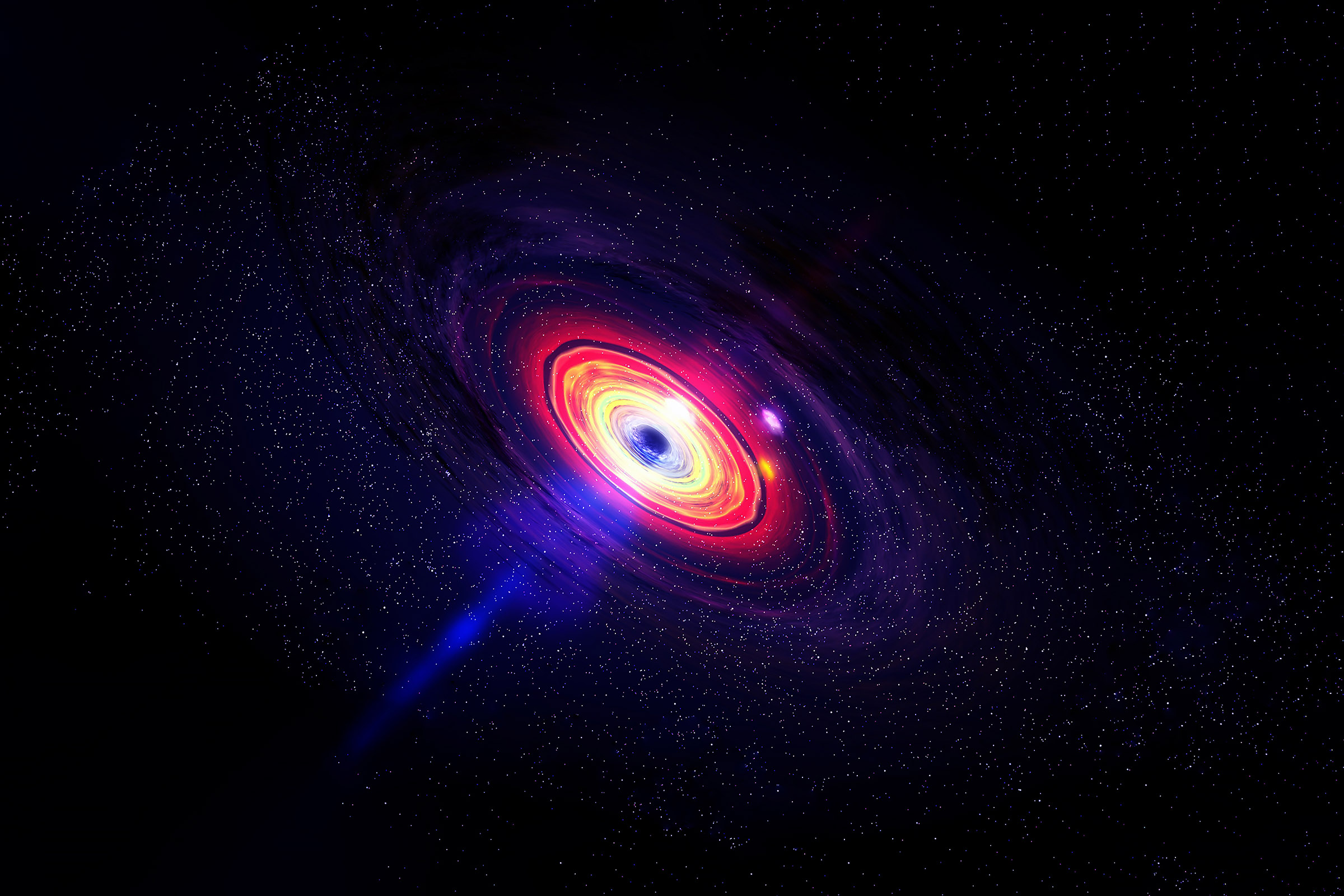Space is full of strange signals, but one unexplainable radio signal has astronomers especially baffled. The signal was first detected by the ASKAP radio telescope in Australia. Designated ASKAP J1935+2148, the signal appears to repeat every 53.8 minutes. As it repeats, it also seems to cycle through three different phases, raising even more questions about the signal.
Based on our current understanding of physics, there’s no logical explanation for why this radio signal is doing what it is doing. Sometimes, it seems to shoot out bright flashes that last between 10 and 50 seconds. These flashes all point in the same direction. Other times, though, the pulses are weaker and feature a more circular polarization, and it lasts just 370 milliseconds. Even still, there are other times when the object misses its cue and seems to remain silent.

These three distinctive emission states are part of what have scientists so confused about this unexplainable radio signal. Many are confident in the origin of the signal—it is likely coming from a neutron star or a white dwarf star. But this solution isn’t exactly “neat,” as the weird properties outlined above don’t really fit our current understanding of the physics surrounding these two cosmic objects.
A neutron star is highly likely, as they blast out radio waves frequently. Scientists say that the different states we’re seeing here could be caused by strong magnetic fields and complex plasma flows around the neutron star. The problem here, though, is that we’ve typically seen neutron stars spin at speeds of seconds or even fractions of a second per revolution. As such, it should be impossible for one to spin slowly enough to send out a signal once every 53.8 minutes.
White dwarfs, on the other hand, have been known to spin that slowly. However, we haven’t ever found any that produce unexplainable radio signals like this. Which is why scientists continue to scratch their heads and mull over the data. A paper on these latest findings surrounding the signal can be found in Nature Astronomy. If scientists are able to solve this mystery, it could force us to reimagine how we think of the universe and physics.








